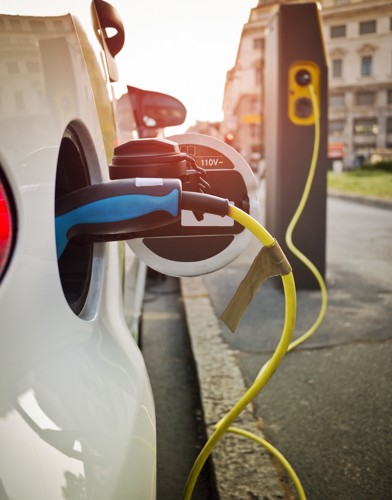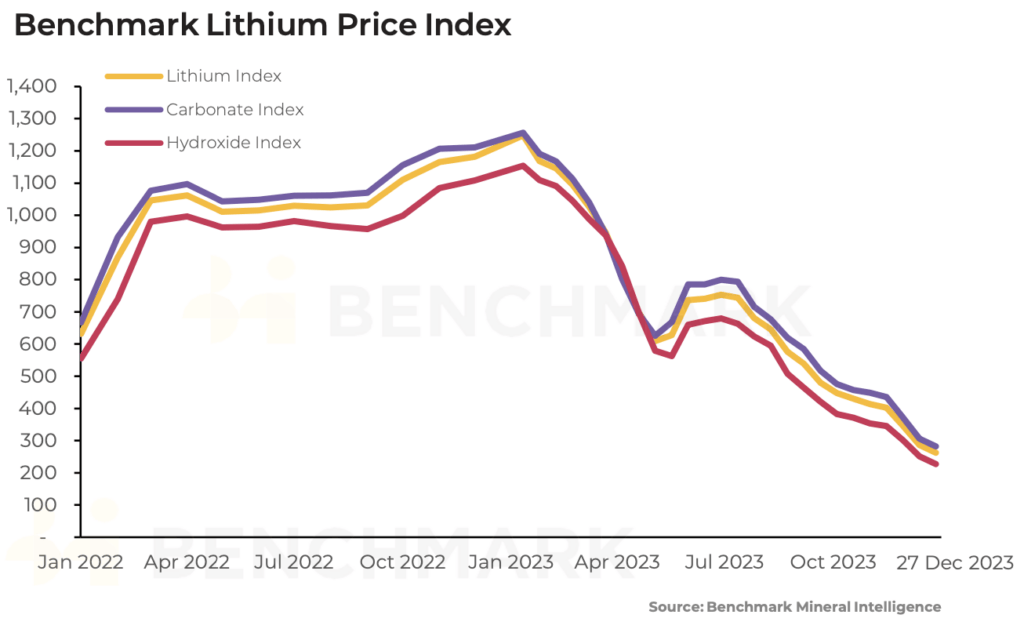Nickel (Ni) has long been widely used in batteries, most commonly in nickel cadmium (NiCd) and in the longer-lasting nickel metal hydride (NiMH) rechargeable batteries, which came to the fore in the 1980s. Their adoption in power tools and early digital cameras revealed the potential for portable devices, changing expectations of how we work and live. The mid-1990s saw the first significant use of NiMH batteries in vehicles in the Toyota Prius. Around the same time, the first commercial applications for Li-ion batteries emerged, initially in camcorders and eventually finding their way into smartphones, laptops and the numerous other portable devices we now take for granted.
The major advantage of using nickel in batteries is that it helps deliver higher energy density and greater storage capacity at a lower cost. Further advances in nickel-containing battery technology mean it is set for an increasing role in energy storage systems, helping make the cost of each kWh of battery storage more competitive. It is making energy production from intermittent renewable energy sources such as wind and solar replace fossil fuels more viable.
Nickel in batteries helps deliver higher energy density and greater storage capacity at a lower cost
Batteries for Electric Vehicles
In tandem with this increasing market share, battery technology is also advancing, another reason why the proportion of nickel-containing Li-ion batteries in use is set to grow. Two of the most commonly-used types of batteries, Nickel Cobalt Aluminium (NCA) and Nickel Manganese Cobalt (NMC) use 80% and 33% nickel respectively; newer formulations of NMC are also approaching 80% nickel. Most Li-ion batteries now rely on nickel.

Li-ion batteries were incorporated into the next generation of electric cars, as their superior power density became critical for moving vehicles over long distances. Although electric vehicles (EVs) currently account for a relatively small proportion of global automobile stock, their market share is increasing and is forecast to continue to grow rapidly in the coming years. Some predictions suggest they will make up more than 10% of vehicles by 2025, most of which will be powered by nickel-containing Li-ion batteries. Using nickel in car batteries offers greater energy density and storage at lower cost, delivering a longer range for vehicles, currently one of the restraints to EV uptake
Nickel in car batteries: delivering a longer range for vehicles

The importance of nickel in rechargeable battery technologies
An electric battery consists of one or more electrochemical cells, which comprise two electrodes – an anode and a cathode – and an electrolyte. When the two electrodes are linked by a pathway that conducts electricity, electrons can flow from one to the other. When a battery is used to supply electric power, the anode provides electrons, which will – when connected by a circuit to an external device – flow and deliver energy.
There are two classifications of batteries. Primary batteries are disposable, for single use; secondary batteries can be recharged and reused. Secondary batteries come in a number of varieties, such as the lead-acid battery found in automobiles, NiCd (Nickel Cadmium), NiMH (Nickel Metal Hydride) and Li-ion (Lithium ion). Nickel is an essential component for the cathodes of many secondary battery designs, including Li-ion, as seen in the table below.
| BATTERY TYPE | CATHODE | ANODE | ELECTROLYTE | |
| Alkaline | Single use | Manganese dioxide (MnO2) | Zinc | Aqueous alkaline |
| Lead acid (secondary) | Rechargeable | Lead dioxide (PbO2) | Lead | Sulphuric acid |
| Nickel Cadmium (NiCd) (secondary) | Rechargeable | Nickel oxyhydroxide (NiOOH) | Cadmium | Potassium hydroxide |
| Nickel Metal Hydride (NiMH) (secondary) | Rechargeable | Hydrogen-absorbing alloy | ||
| Lithium Ion (LCO) (secondary) | Rechargeable | Lithium cobalt oxide (LiCoO2) | Carbon-based, typically graphite | |
| Lithium Ion (NMC) (secondary) | Rechargeable | Lithium nickel manganese cobalt oxide (LiNiMnCoO2) | Lithium salt in an organic solvent | |
| Lithium Ion (NCA) (secondary) | Rechargeable | Lithium nickel cobalt aluminium (LiNiCoAlO2) |
Batteries for storage
New nickel-containing battery technology is also playing a role in energy storage systems linked to renewable energy sources. Wind turbines or solar panels generate electricity when the wind or sun is available; modern battery technology allows this energy to be stored for use as and when required.
Modern battery technology allows energy to be stored for use as and when required
The move to energy storage systems has largely been driven by a significant growth in renewable energy resources, primarily wind and solar. In the US, wind and solar made up more than half of all new generating capacity in the past three years. Asia and Europe are also investing billions in renewables. However, the challenge is that the wind doesn’t blow and the sun doesn’t shine on demand. This is why batteries are being deployed to capture energy and release it when required, helping stabilise our complex and widespread electricity infrastructure.

Economies of scale are making Li-ion the dominant technology. This is a result of both the long history of Li-ion in the consumer electronics market and the enormous recent scale of investments in Li-ion manufacturing, much of it devoted the EV industry. Global suppliers of Li-ion battery cathode material are increasing production capacity of nickel-manganese-cobalt (NMC), with a typical ratio of 33% for each element.
Source from https://nickelinstitute.org






8t329c